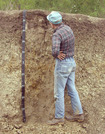
By the end of this section, you will be able to:Describe how soils are formedExplain soil compositionDescribe a soil profile
- Subject:
- Applied Science
- Biology
- Life Science
- Material Type:
- Module
- Author:
- Mindy Boland
- Date Added:
- 02/21/2020

By the end of this section, you will be able to:Describe how soils are formedExplain soil compositionDescribe a soil profile

Biology is designed for multi-semester biology courses for science majors. It is grounded on an evolutionary basis and includes exciting features that highlight careers in the biological sciences and everyday applications of the concepts at hand. To meet the needs of today’s instructors and students, some content has been strategically condensed while maintaining the overall scope and coverage of traditional texts for this course. Instructors can customize the book, adapting it to the approach that works best in their classroom. Biology also includes an innovative art program that incorporates critical thinking and clicker questions to help students understand—and apply—key concepts.

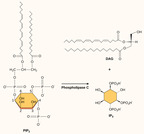
By the end of this section, you will be able to:Explain how the binding of a ligand initiates signal transduction throughout a cellRecognize the role of phosphorylation in the transmission of intracellular signalsEvaluate the role of second messengers in signal transmission

By the end of this section, you will be able to:Describe how signaling pathways direct protein expression, cellular metabolism, and cell growthIdentify the function of PKC in signal transduction pathwaysRecognize the role of apoptosis in the development and maintenance of a healthy organism

By the end of this section, you will be able to:Describe four types of signaling found in multicellular organismsCompare internal receptors with cell-surface receptorsRecognize the relationship between a ligand’s structure and its mechanism of action
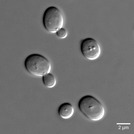
By the end of this section, you will be able to:Describe how single-celled yeasts use cell signaling to communicate with one anotherRelate the role of quorum sensing to the ability of some bacteria to form biofilms
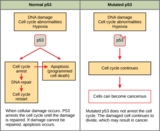
By the end of this section, you will be able to:Describe how cancer is caused by uncontrolled cell growthUnderstand how proto-oncogenes are normal cell genes that, when mutated, become oncogenesDescribe how tumor suppressors functionExplain how mutant tumor suppressors cause cancer
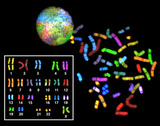
By the end of this section, you will be able to:Describe the structure of prokaryotic and eukaryotic genomesDistinguish between chromosomes, genes, and traitsDescribe the mechanisms of chromosome compaction

By the end of this section, you will be able to:Understand how the cell cycle is controlled by mechanisms both internal and external to the cellExplain how the three internal control checkpoints occur at the end of G1, at the G2/M transition, and during metaphaseDescribe the molecules that control the cell cycle through positive and negative regulation

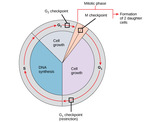
By the end of this section, you will be able to:Describe the process of binary fission in prokaryotesExplain how FtsZ and tubulin proteins are examples of homology
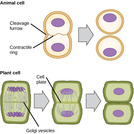
By the end of this section, you will be able to:Describe the three stages of interphaseDiscuss the behavior of chromosomes during karyokinesisExplain how the cytoplasmic content is divided during cytokinesisDefine the quiescent G0 phase
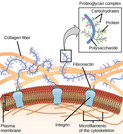
By the end of this section, you will be able to:Describe the extracellular matrixList examples of the ways that plant cells and animal cells communicate with adjacent cellsSummarize the roles of tight junctions, desmosomes, gap junctions, and plasmodesmata
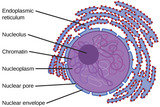
By the end of this section, you will be able to:Describe the structure of eukaryotic cellsCompare animal cells with plant cellsState the role of the plasma membraneSummarize the functions of the major cell organelles

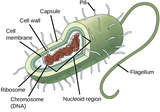
By the end of this section, you will be able to:Name examples of prokaryotic and eukaryotic organismsCompare and contrast prokaryotic cells and eukaryotic cellsDescribe the relative sizes of different kinds of cellsExplain why cells must be small
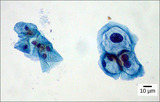
By the end of this section, you will be able to:Describe the role of cells in organismsCompare and contrast light microscopy and electron microscopySummarize cell theory
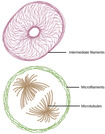
By the end of this section, you will be able to:Describe the cytoskeletonCompare the roles of microfilaments, intermediate filaments, and microtubulesCompare and contrast cilia and flagellaSummarize the differences among the components of prokaryotic cells, animal cells, and plant cells
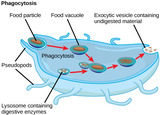
By the end of this section, you will be able to:List the components of the endomembrane systemRecognize the relationship between the endomembrane system and its functions